Devil’s ivy, also known as golden pothos or Epipremnum aureum, is a popular houseplant known for its resilience and vitality. Originating from Southeast Asia, this plant can be grown as a trailing vine or a climber, adding a touch of greenery to any room. Notably, it improves indoor air quality by eliminating toxins like formaldehyde, benzene, and xylene.
Every plant can encounter challenges, so as a responsible plant owner, it’s essential to identify and address issues promptly, ensuring the devil’s ivy continues to flourish. This blog post will explore common problems, offer troubleshooting techniques, and preventative measures. By the end, you’ll possess a deeper understanding of nurturing and sustaining a vibrant devil’s ivy plant in your space.
Common devil’s ivy plant problems
Devil’s ivy, while low-maintenance, can still face common issues affecting its growth and appearance. We’re experienced in recognizing and tackling these challenges. Here’s a list of common problems with devil’s ivy:
Yellowing Leaves: Indicative of potential problems like overwatering, underwatering, or pest infestation.
Brown Tips on Leaves: Often related to low humidity or insufficient watering.
Wilting Leaves: Caused by both over and underwatering, poor soil drainage, or lack of sunlight.
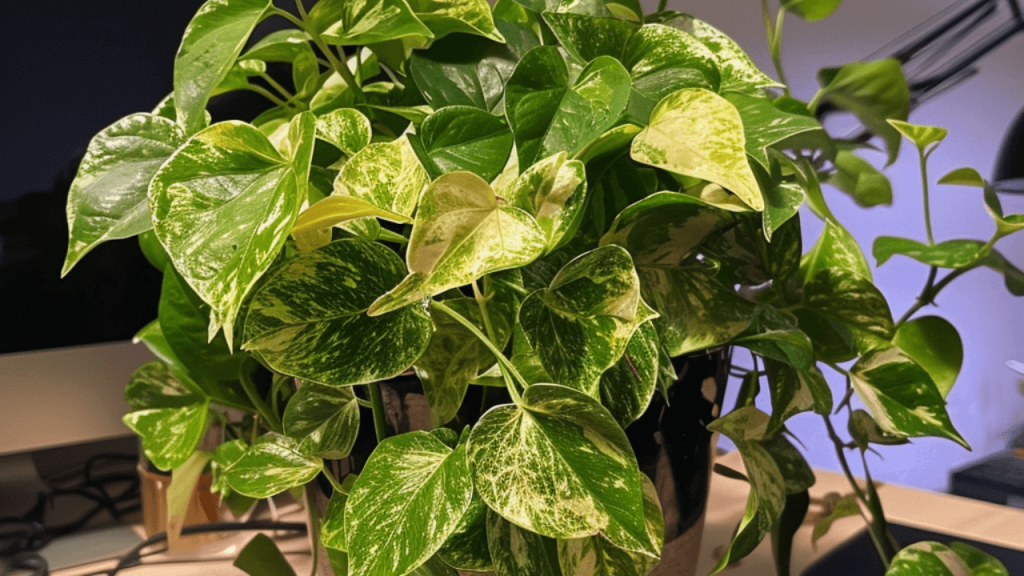
Root Rot: A result of excessive watering or poor soil drainage.
Pest Infestation: Devil’s ivy can attract pests like spider mites, mealybugs, and scale insects, causing leaf damage and stunted growth.
Identifying the root cause is the key to effective treatment. Once identified, you can take corrective action and preventive steps. With the insights from this guide, you’ll be better equipped to handle challenges and ensure the health and beauty of your devil’s ivy.
Causes of common devil’s ivy plant problems
To troubleshoot and prevent issues with devil’s ivy, understanding the underlying causes is key. Here are the prevalent causes and solutions:
Overwatering: Leads to waterlogged roots and complications. Water only when the soil is dry.
Underwatering: Causes wilting and yellowing of leaves. Regular watering is essential.
Poor Soil Drainage: Essential for preventing water accumulation and root rot.
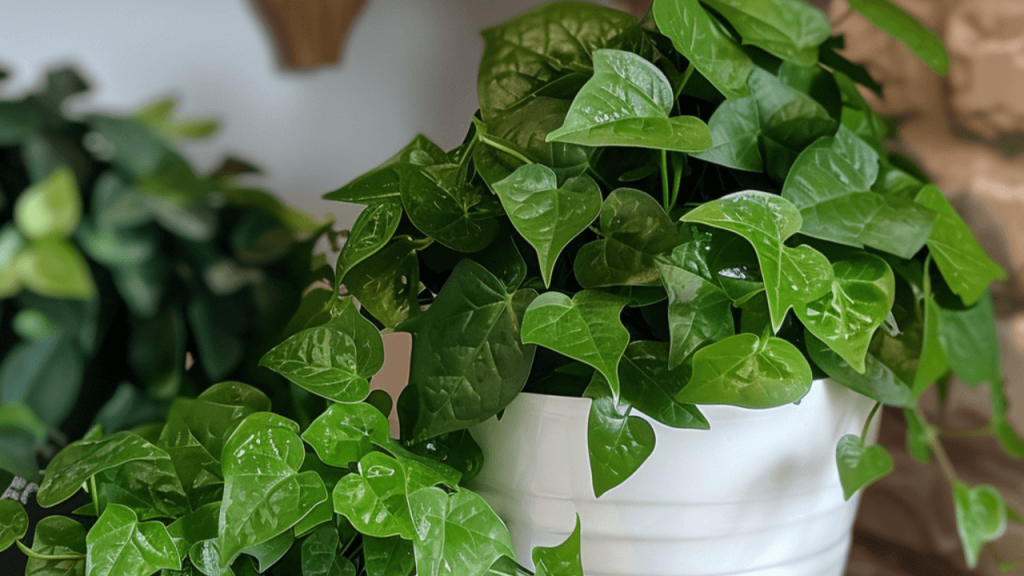
Lack of Sunlight: Causes yellowing and leggy growth. Bright, indirect sunlight is needed.
Low Humidity: Results in brown tips on leaves. High humidity environments are preferred.
Pest Infestation: Pests like spider mites and mealybugs can damage leaves and hinder growth.
By recognizing these causes, proactive measures can be taken to prevent issues and maintain the plant’s health and vitality, fostering optimal conditions for your devil’s ivy to flourish.
Troubleshooting devil’s ivy plant problems
Once an issue with your devil’s ivy has been identified and its cause determined, it’s essential to act promptly. Here are troubleshooting tips for common problems:
Yellowing Leaves: Adjust watering based on soil moisture, inspect for pests, and remove damaged leaves.
Brown Tips: Increase humidity by misting or using a humidifier, adjust watering, and prune affected leaves.
Wilting Leaves: Modify watering, increase humidity, move the plant to brighter indirect light, and check for pests.
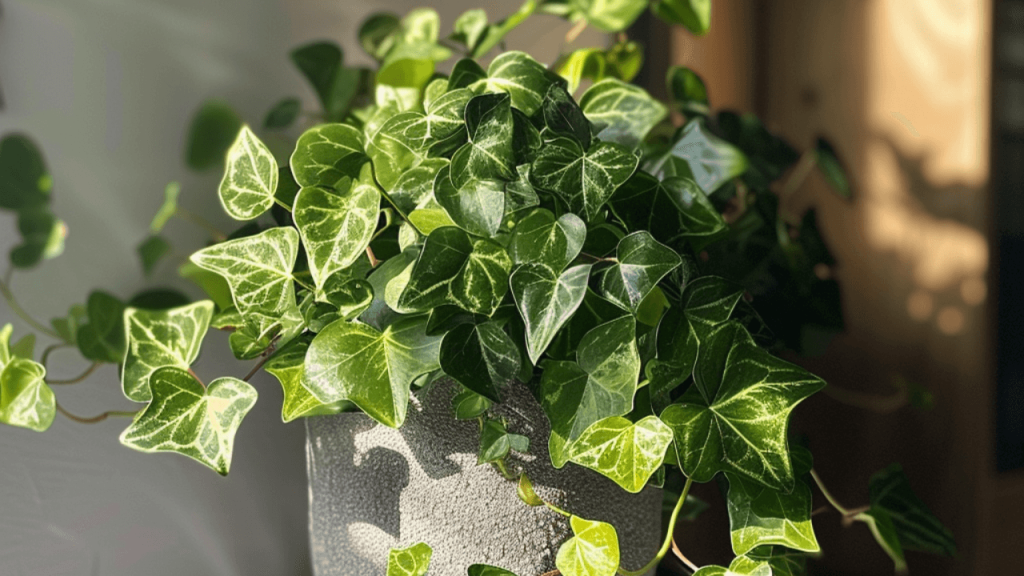
Root Rot: Remove affected soil and damaged roots, repot in well-draining soil, and avoid overwatering.
Pest Infestation: Identify and treat pests, isolate the affected plant, and inspect regularly for signs of pests.
Implementing these steps can address and prevent issues, ensuring your devil’s ivy thrives. Regular monitoring and adjustments to care routines are crucial for maintaining a healthy plant.
Tips for maintaining a healthy devil’s ivy plant
Devil’s ivy is generally easy to care for, but some tips can help maintain its health:
Watering: Water when soil is dry, but avoid overwatering. Ensure pot has good drainage.
Light: Prefers bright, indirect light; avoid direct sunlight to prevent leaf scorching.
Humidity: Thrives in high humidity; mist leaves or use a humidifier if needed.
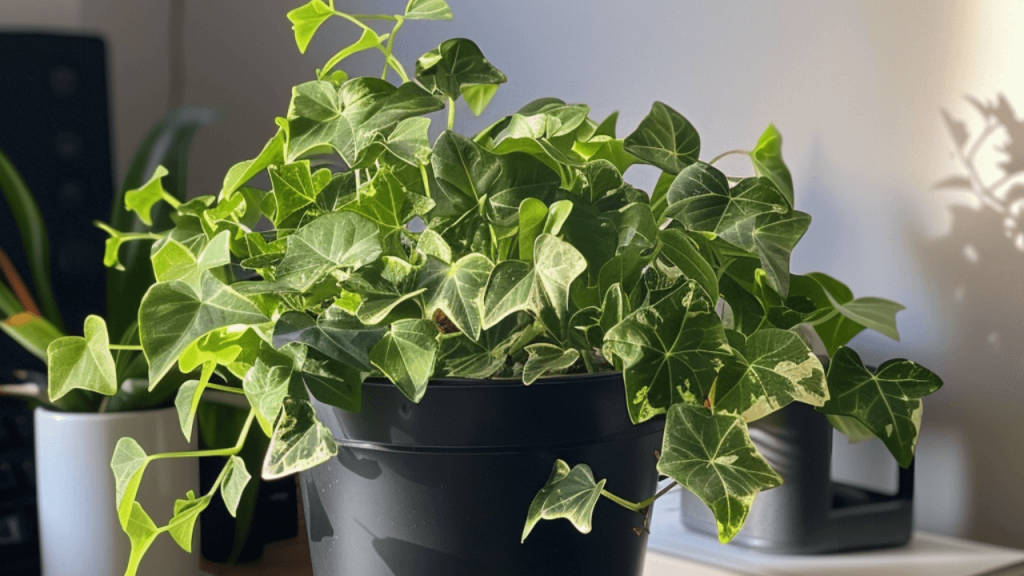
Fertilizer: Apply balanced, water-soluble fertilizer every 4-6 weeks in growing season. Avoid winter fertilizing.
Pruning: Prune regularly for bushy growth and remove damaged or yellowing leaves.
Repotting: Refresh soil by repotting every 2-3 years using well-draining mix and pot.
By following these tips and regularly checking for signs of problems, you can keep your devil’s ivy healthy and thriving. Adjust care as needed.
Additional care tips for devil’s ivy plants
Besides basic care, additional steps can further ensure your devil’s ivy thrives:
- Climbing Support: Provide a trellis or support for climbing, promoting bushier growth and better aesthetics.
- Filtered Water: Devil’s ivy is sensitive to tap water chemicals; use filtered or distilled water.
- Maintain Cleanliness: Wipe leaves regularly to remove dust and prevent pests.
- Natural Pest Control: Address pests like spider mites and mealybugs with natural methods such as neem oil or insecticidal soap.
- Propagation: Propagate through stem cuttings to create new plants and revitalize older ones.
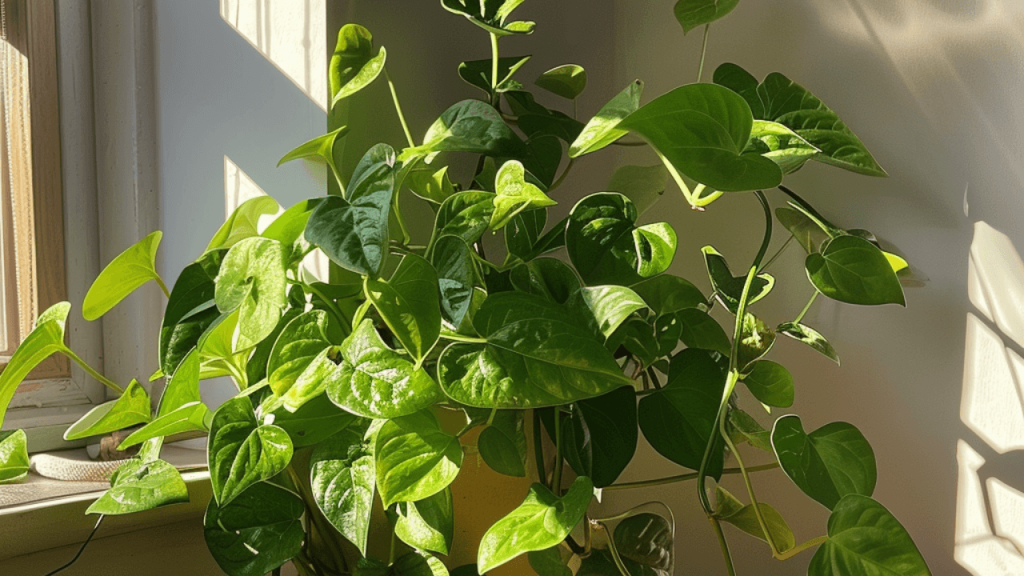
Incorporating these tips and regularly monitoring for issues will help your devil’s ivy flourish and remain a vibrant addition to your space.
